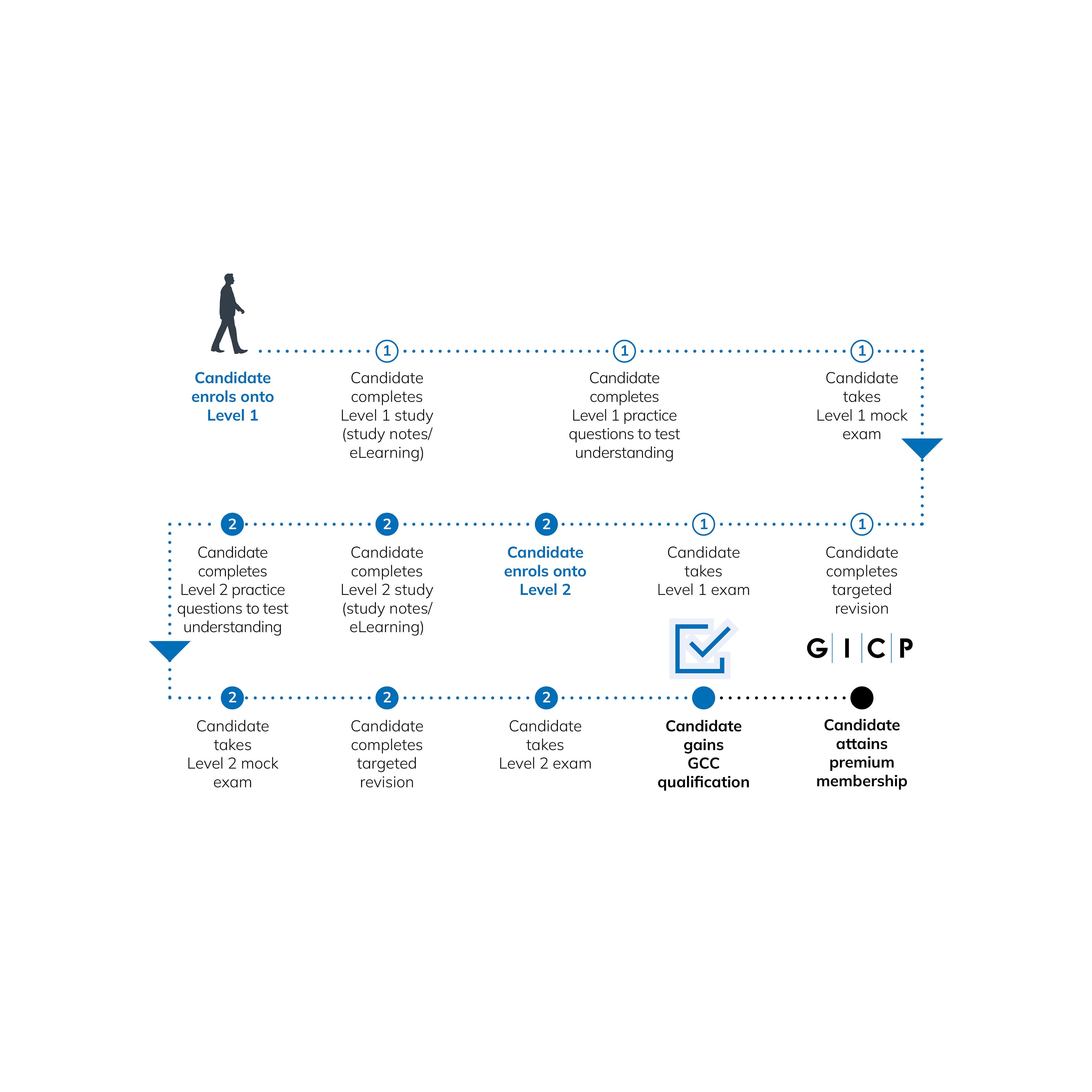

PROGRAM BENEFITS
About the Global Credit Certificate
Candidate Journey
You need to pass Level 1 of the Global Credit Certificate prior to starting Level 2.
The amount of time necessary to complete Level 2 varies based on your experience. As a guide, if you have little prior experience you may need 100 hours of study. If you are an active professional you might require 50 hours of study.


The GCC Level 2 Syllabus
Price
The price of the GCC Level 2 self-study option includes:
- E-book manuals
- Online learning platform with eLearning, case studies, practice and revision questions
- Mock exams
- Exam fee for a single attempt
- One year’s premium membership for GCC alumni
About the GCC Level 2 Exam
The Level 2 Exam builds upon the knowledge and understanding gained in the Level 1 Exam, and allows candidates to demonstrate their ability to apply concepts on a case scenario basis.
The exam is 3 hours long and has 50 multiple choice questions of which 80% are case study based. The exams are remotely invigilated so can be taken in a place and at a time of your choice.
Candidates who achieve around 75% in the mock exams should be well prepared to pass the final exam.
Make an Enquiry
To find out more about the GCC program, please get in touch with us at institute@gicp.org or fill out the form below.

